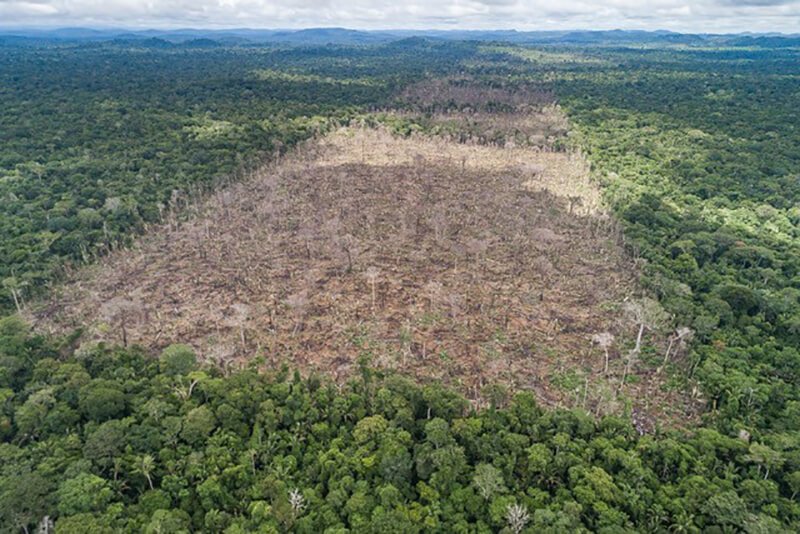Experts are cautioning that significant portions of the Amazon rainforest are at risk of reaching a critical threshold and collapsing within the next three decades due to deforestation and climate change. By 2050, a significant portion of the Amazon could potentially turn into savannah, open canopy forest, or degraded forest with invasive plants due to a combination of environmental disturbances.

The Amazon rainforest is at risk of reaching a critical tipping point due to factors like deforestation, fires, and rising temperatures. Controlling these factors is necessary to avoid the collapse and degradation of the forest.
For instance, let’s consider the relationship between rainfall and the occurrence of fires.

According to a scientist from the Potsdam Institute for Climate Impact Research, if annual rainfall falls below 1800 mm, there is a possibility of abrupt changes from rainforest to Savanna-like vegetation. These changes can be caused by either individual droughts or forest fires, which have been increasing in frequency and intensity in recent times.
The significant changes happening in the Amazon forest would not only affect local climate but also have global consequences. This is because the Amazon plays a vital role in storing a large amount of carbon, which helps regulate the Earth’s carbon cycle.

The moisture from the Amazon has a significant impact on rainfall in South America, so if the forest were to collapse, it would be a catastrophe not only for the forest itself but also for many people.
Combining local and global efforts is essential for preserving the Amazon forest within safe limits. It is crucial to halt deforestation and degradation, while also increasing efforts towards restoration. Additionally, greater action is needed to reduce greenhouse-gas emissions on a global scale.
Reference- Journal Nature, National Geographic, Futurism, Clean Technica, BBC, The Guardian






